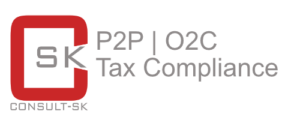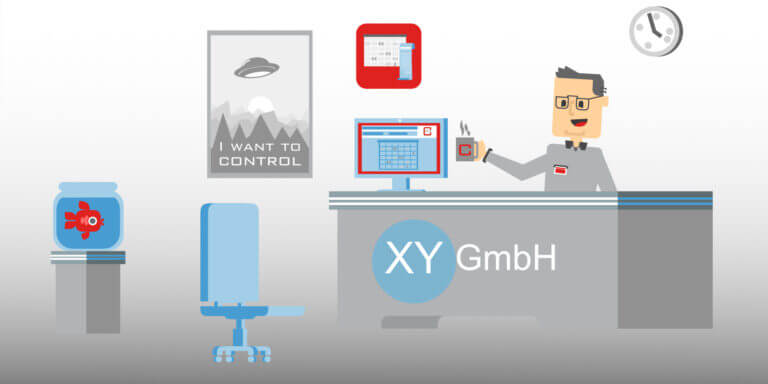In the P2P process, we often talk about BANFing when it comes to triggering a purchase requisition in SAP. This everyday process sometimes takes a lot of time, which you can reduce enormously. By mapping an end-to-end digitized process in the SAP system, you lay the foundation for automating routine tasks. In this article, we show why this is worthwhile.
An SAP purchase requisition is followed by the actual purchase order. Shouldn't that be a problem for the buyer? However, questions arise every day that hold up the daily work routine:
- One piece of information comes in late - can the BANF in the SAP system again?
- Is the material specified in the order correct?
- Which employees are allowed to request, review and approve?
- In case of multiple buyers: Is there already a BANF for urgently needed goods?
Through the Automation the Procurement these questions become superfluous and you reduce maverick buying effects. In plain language: if all the information is recorded one hundred percent in the system, employees are not forced to bypass SAP in order to save time.
Needs assessment: oldschool vs. digital workflow
A BANF begins by identifying the need. In other words: employees need something and contact the purchasers by e-mail, fax, telephone or corridor radio or simply place the order themselves. For all these requests, the purchaser must clarify whether an offer for the material exists, where it must or may be ordered, and whether the request may even be made by the employee in question. This requires a lot of communication and coordination.
With the digital workflow, however, the SAP BANF is triggered in the SAP system itself. When logging into the system, the assigned user role or authorization structure already makes it clear who is allowed to request something. Employees are given access to the supplier's catalog and select their goods, which reduces the number of incorrect purchases. In addition, the correct cost center can be added to the request. This standardized procedure ensures that your company reduces the aforementioned maverick buying effect and consistently uses purchasing conditions that have already been negotiated.
Factual examination of the BANF
Who is responsible for checking the correctness and completeness of the procurement application in the subsequent step? This check also takes time, but is important for compliance with, for example, qualitative requirements for ordered items. Incorrect quantities and poor quality can lead to failures in the specialist departments, which no one is likely to want.
If, on the other hand, the factual check is precisely defined in a digital workflow, the right checker receives the BANF via the SAP system and you can comply with your company's guidelines throughout. The basis for these disruption-minimizing workflows is process consulting by experienced experts. They recognize at an early stage where things are going wrong and, for example, where authorizations are more cumbersome than necessary.
Approval process and discount benefits
It has been applied for, examined and now finally the Invoice released be made. Depending on the investment amount, other colleagues/supervisors may come into play. This can involve the direct supervisor, the controlling department or even the management. However, these are not always available or are very busy, which delays the approval process.
In an automated ordering process, the responsible person immediately recognizes with a glance at the corresponding SAP monitor where something still needs to be released and can do this in the shortest possible time. The allocation of who releases which checked requests is done by type of resource or also by value limit. Possible ambiguities are also avoided here by means of precise definitions, which are determined by the parties involved before and during the implementation of the SAP solution. As a result, approval is significantly faster and you can benefit from cash discount advantages with your suppliers.
As an additional benefit, there is often the possibility to use applications via a Web GUI, so you additionally improve the conditions for remote work.
Advantages of a digital SAP workflow at a glance:
- Uniform entry of order data in SAP
- Avoidance of media discontinuities
- Time and cost savings
- Transparency allows comprehensive reporting
- Adherence to compliance (e.g. underwriting guidelines)
- Unambiguous regulation of authorizations and responsibilities
The arguments for the implementation of an automated workflow could convince you? We would be happy to help you with the implementation! If you are interested, please contact us and we will discuss with you how the digitization of your internal processes can be brought forward. Simply send us an e-mail to [email protected] | [email protected] or call us at 0571 783435 0.






